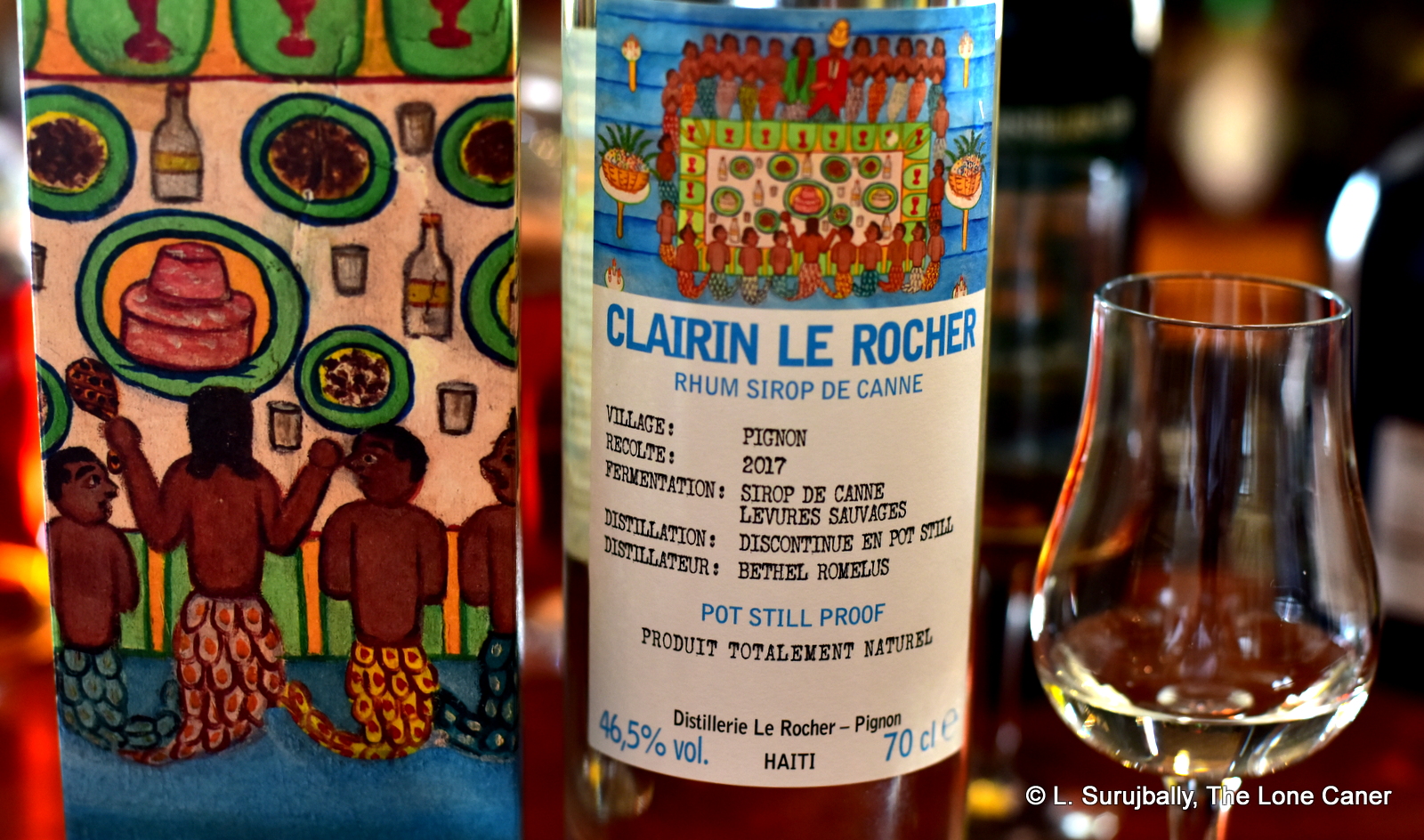When it comes to Guyanese rum, I’m afraid that much as I enjoy DDL’s wares from time to time – more so of late, since they took the bull by the horns and released rums with less additions – the really good stuff, the best stuff, to me, still comes from the indies. Alas, Velier has moved away from the Demerara rums and I can’t afford the ones that remain on the secondary market, but fortunately for us all, there is no shortage of other independent bottlers out there to satisfy our thirst for the output of those lovely wooden heritage stills.
And one of the more intriguing developments in the Demerara rumisphere by these indies, is the (occasional) release of high proof unaged white rums which were previously deemed the province of the French island rhum makers, and the Jamaicans. We’ve seen a few of these hefty molasses-based whites before, of course, whether aged a little or not at all – any list of bartenders’ favourites can’t be complete without the J Wray 63%, Hampden’s Rum Fire and Worthy Park’s Rum Bar rums, and to be sure there are others from St. Vincent, Grenada, Suriname and even Guyana (where the DDL Superior High Wine is a sort of local classic to this day).
For the most part, however, something like the L’Esprit MPM is a rare thing. A one-off unaged white from the Port Mourant pot still, we’ve actually seen its near-twin before – the “Cuvee Edgar” 2º Edition, which shared much of the DNA of the rum we’re hear to discuss today – the First Edition. Both are Port Mourant wooden pot still rums (the label is a misprint where it says “single pot still”), both were issued to celebrate the birth of Tristan Prodhomme’s son Edgar, both are rested and not aged for about a year in inert steel tanks, and both jacked up to a strength that would have your nether regions puckering (85%), and frankly, when tasting it I wondered if it wasn’t just a bit too much for us mere mortals.
Because think about it: 40% ABV is standard strength and if taken too quickly is still a bit of a bash to the snoot when sniffed and a quick stab to the glottis when sampled. This rum is more than twice that strength, and believe me, it shows, it’s not afraid to say it, and looking at it, remembering the last time, I morbidly wondered what it had had for breakfast that day: diced and fried reviewers, maybe?
A deeper inhale than a delicate little somelier-taking-a-toot sniff I took of this clear popskull might have caused my DNA to unravel, so I took my time. Which was a good idea, as the fierce power of the aromas was off the charts; on the flip side, it allowed a lot to come through over the ten minutes I initially spent with it (the glass ended up going for two days). First, there was a near-rank orange juice past the sell-by date; then dry, fruity, meaty, briny notes all at once, savage and hard hitting. It had the soft dampness of dew on a cool misty morning in trees nestled in mountain foothills; the gasoline stink of an open jerry-can, and yet all that was offset by hot samosas and a badly made currywurst in an cheap imbiss down in Steglitz. It was dirty and aromatic and not even halfway done yet, because the aromas kept pouring out of the glass: anise and lemongrass, a touch of bitters, mauby, sorrel, unsweetened bitter chocolate and just a ton of overripe prunes, before doing a segue into a garbage pile in hot weather mixed up with the musky pungency of an untended outhouse. Yeah I know, it’s a lot and sounds this side of awful, but damn, this thing was intense, it was fun to try, and fending off the strength became a kind of game to see who would win, me or the rum.
Thankfully the palate calmed down; it was still a massive gut punch, yet it was somehow not as intent on causing damage as it was proving it was the biggest and baddest thing in the room that day. First off was rubber, plastic and lots of furniture polish Then it got sweet and creamy, channelled some Danish cookies and whipped cream, and added anise and a light fruit jam spread over salt crackers; and just to prove it had more up its sleeves than just its arms, there was a whiff of some olive oil spread over toasted black bread. It sure wasn’t your standard profile, but it the same time it was pungent, riotous, brutal and expressive to a fault.
And the finish, well that was epically long – briny, dry, deep, reeking of toasted bread, crackers, fish in olive oil (!!), smoke from a kero stove, licorice and damp sawdust, yet not sharp or damage inducing at all. It was more like a massive teutonic monument, solidly implacable, demanding you respect its awesomeness. Or something like that. As you can tell, I was quite enthused.
In a recent virtual tasting I was part of, an O Reizinho Madeira 9 month old near-white agricole rhum from Boutique-y was one of my favourites of the evening, but it confused the hell out of the whisky guys in attendance, who grudgingly admitted it had some chops (then crossed themselves while looking furtively around to see if anyone had heard), but struggled to put into words exactly what made it so good – perhaps it was because unaged whisky has never been a thing in the malty world except maybe among moonshiners the way unaged rum has been for us. Given their perplexity, I’m not sure I would dare give them this one to try — if the O Reiz made them scratch their sporrans, the L’Esprit might unravel their kilts altogether.
Because to my mind, it’s not just that L’Esprit makes great rums and Tristan knows how to pick ‘em – it’s simply that of all the Guyanese rums made on all those many stills, Port Mourants at any age seem to be the pick of the litter. Here that’s proved once again — I liked it a lot, even more than the 2º Edition, and that was no slouch either. For its pungency, its richness, its depth, the neverending finish, all those insane tastes and yes, even the strength. The rum is fierce, it’s powerful, it jets fire from each nostril and were you to expel a belch and a flatus after a sip of it, seismometers would quiver and the bar would be empty a second later. It’s that kind of experience, and who wouldn’t want to try it for all that, if even just the one time?
(#975)(88/100)
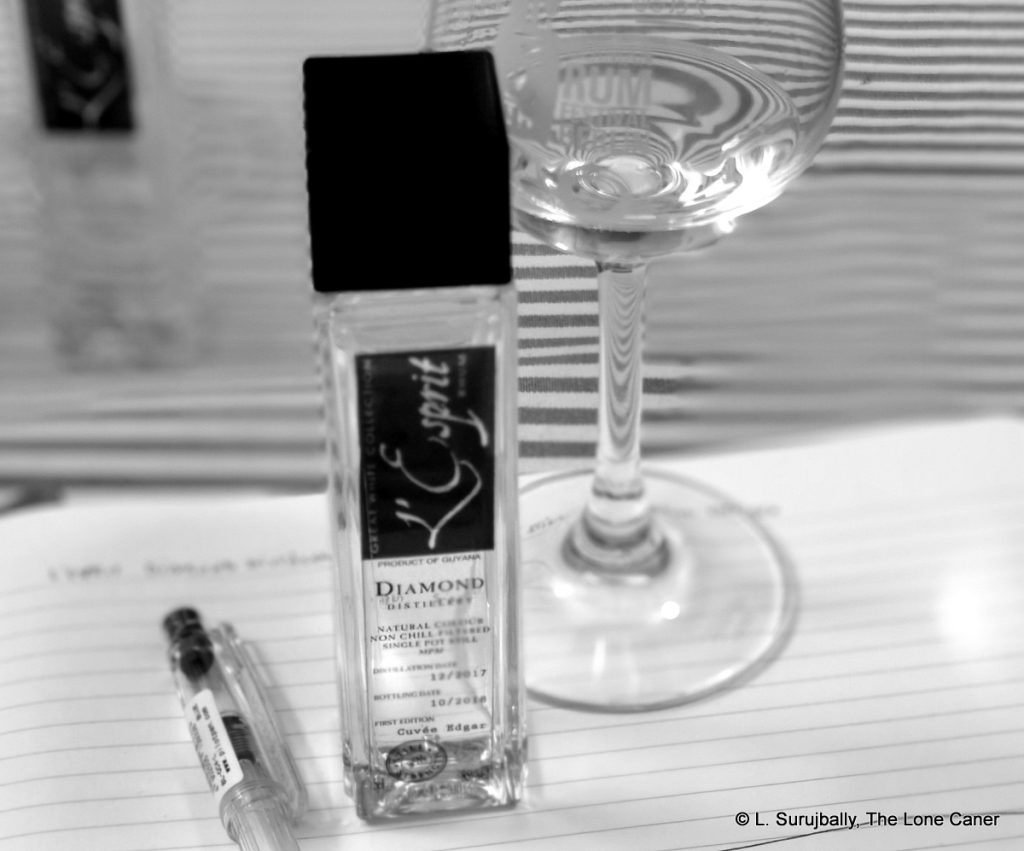
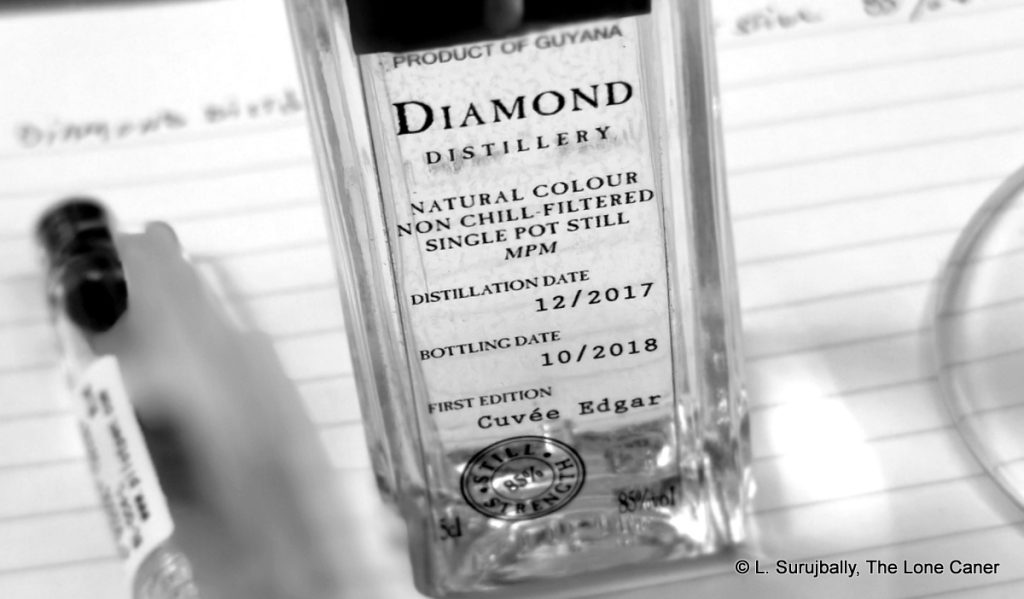


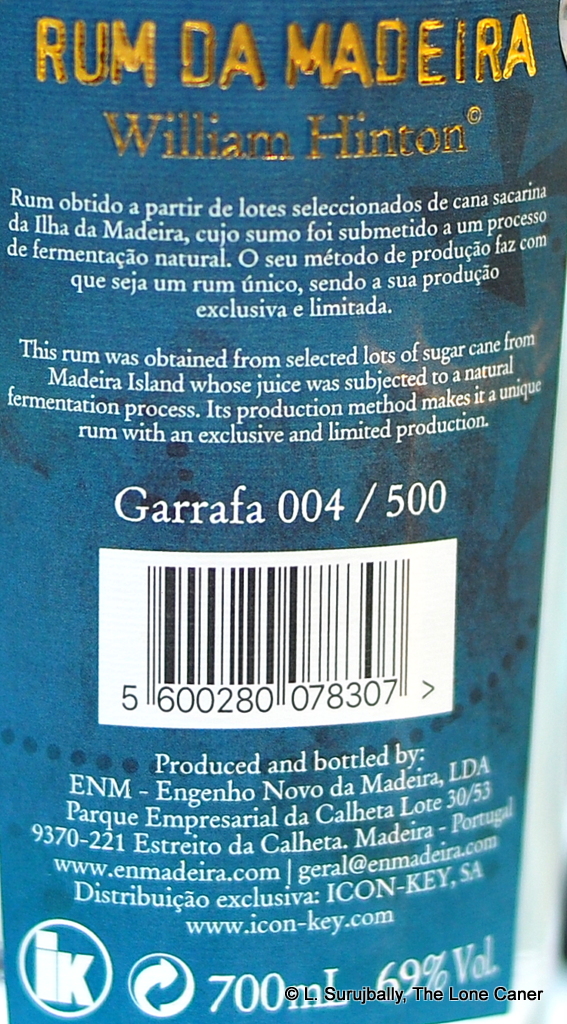
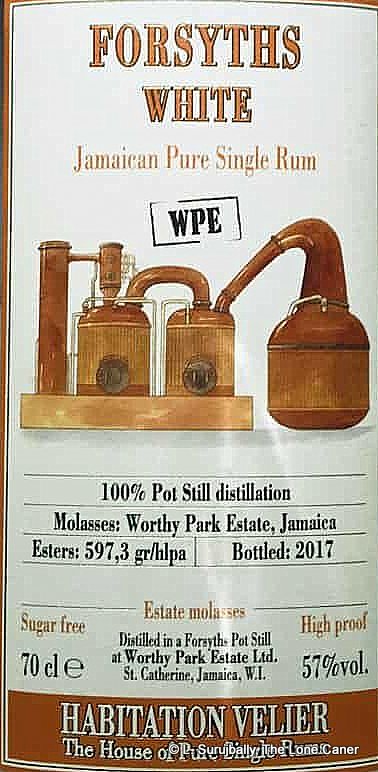 Hampden gets so many kudos these days from its relationship with
Hampden gets so many kudos these days from its relationship with 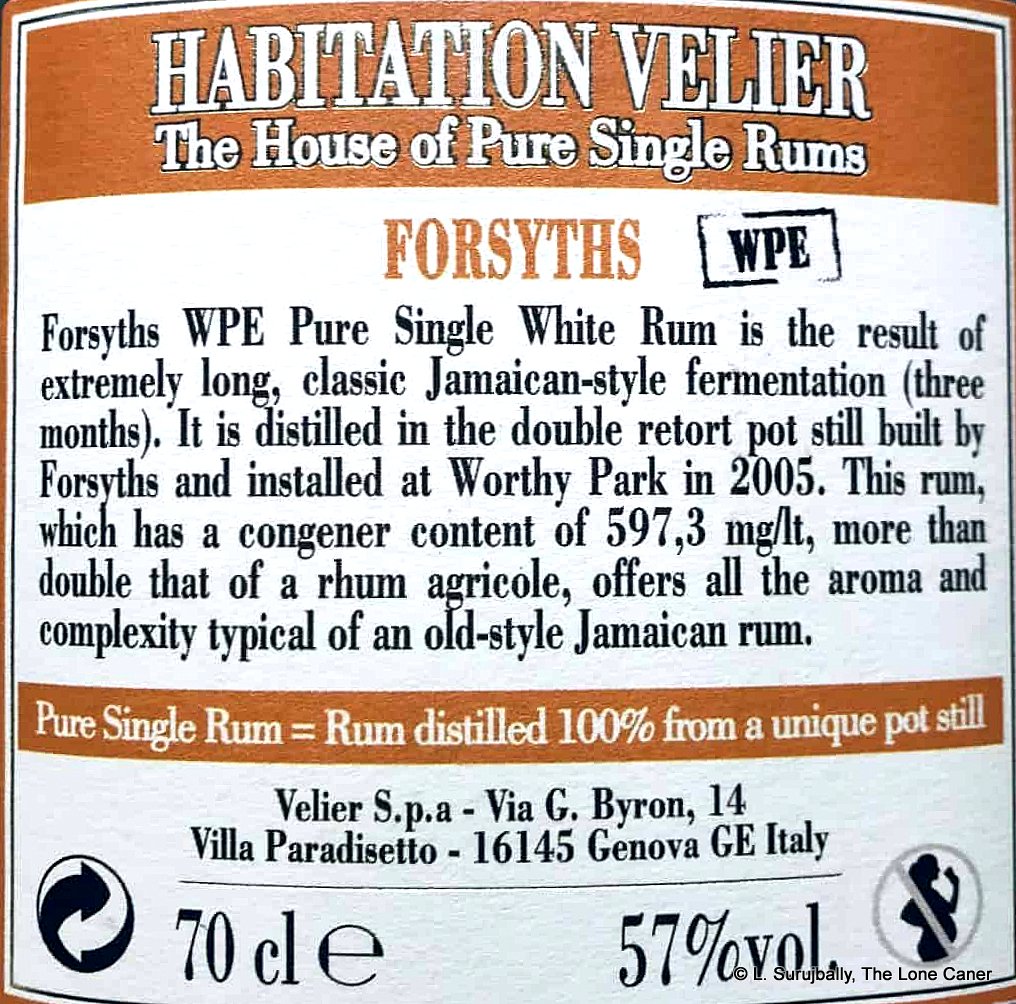 The rum displays all the attributes that made the estate’s name after 2016 when they started supplying their rums to others and began bottling their own. It’s a rum that’s astonishingly stuffed with tastes from all over the map, not always in harmony but in a sort of cheerful screaming chaos that shouldn’t work…except that it does. More sensory impressions are expended here than in any rum of recent memory (and I remember
The rum displays all the attributes that made the estate’s name after 2016 when they started supplying their rums to others and began bottling their own. It’s a rum that’s astonishingly stuffed with tastes from all over the map, not always in harmony but in a sort of cheerful screaming chaos that shouldn’t work…except that it does. More sensory impressions are expended here than in any rum of recent memory (and I remember 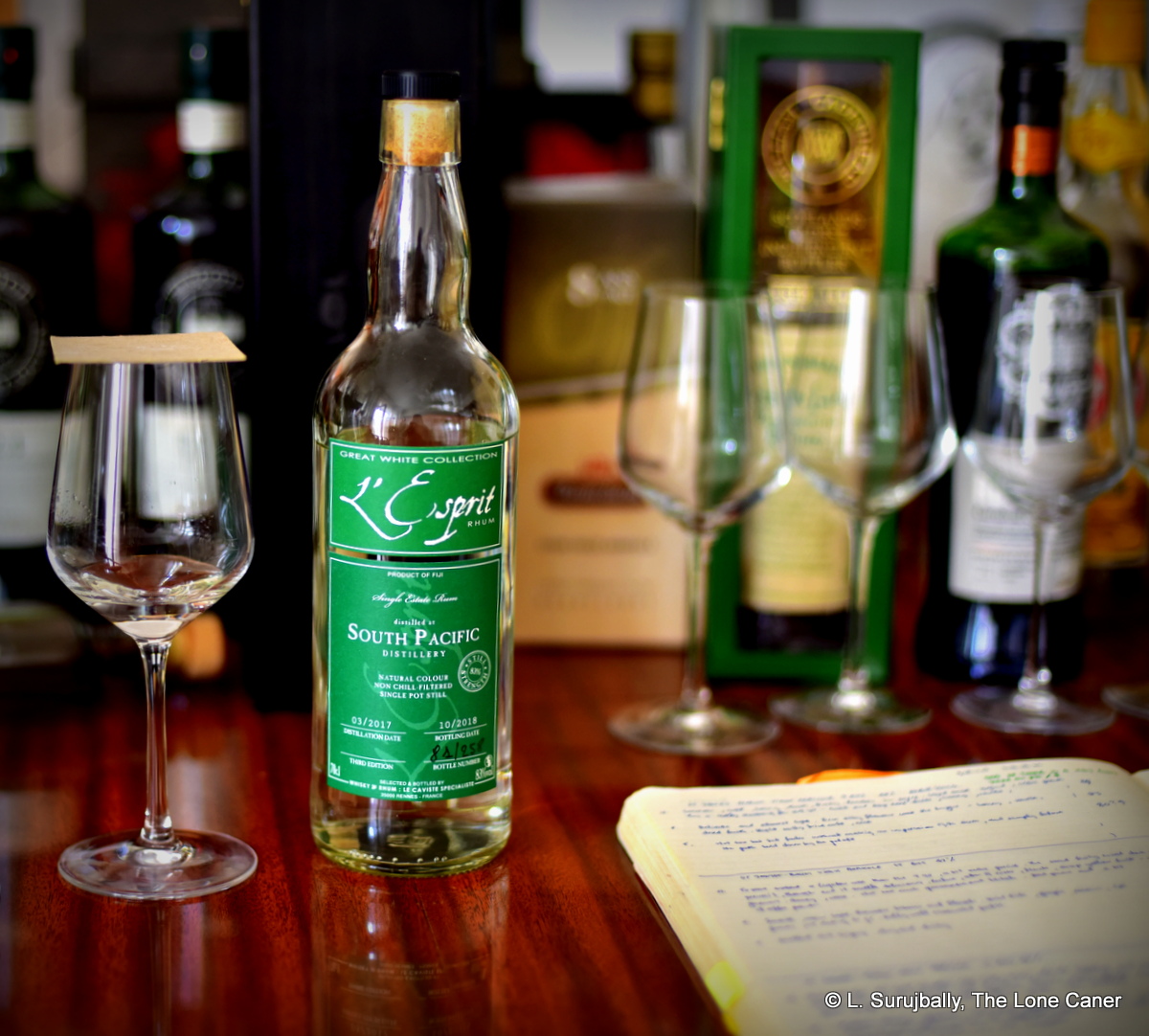
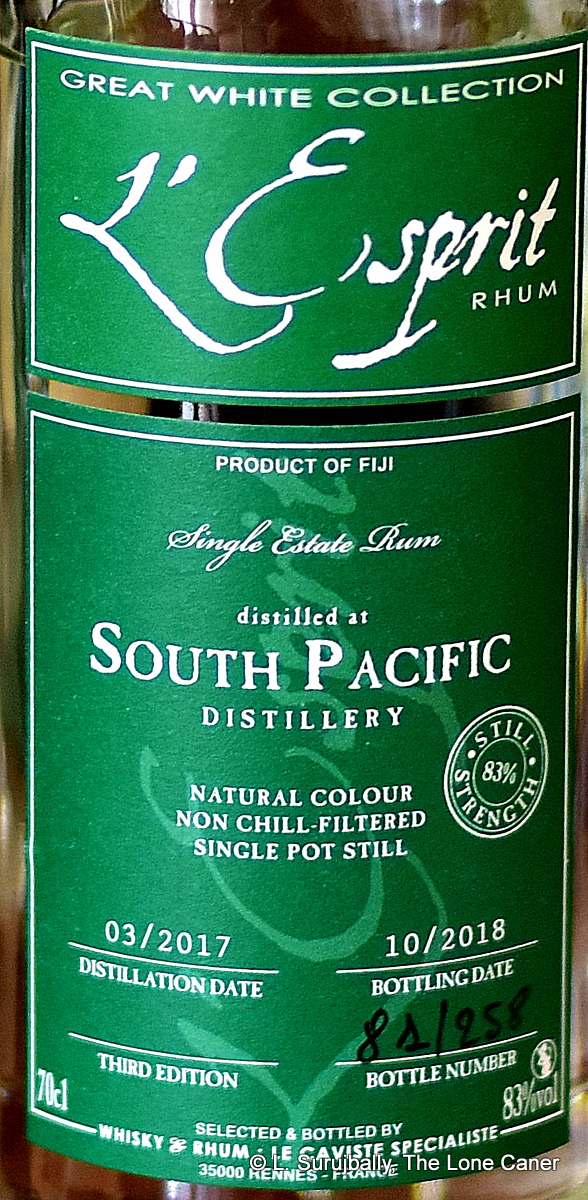 Whatever the case, the rum was as fierce as the Diamond, and even at a microscopically lower proof, it took no prisoners. It exploded right out of the glass with sharp, hot, violent aromas of tequila, rubber, salt, herbs and really good olive oil. If you blinked you could see it boiling. It swayed between sweet and salt, between soya, sugar water, squash, watermelon, papaya and the tartness of hard yellow mangoes, and to be honest, it felt like I was sniffing a bottle shaped mass of whup-ass (the sort of thing Guyanese call “regular”).
Whatever the case, the rum was as fierce as the Diamond, and even at a microscopically lower proof, it took no prisoners. It exploded right out of the glass with sharp, hot, violent aromas of tequila, rubber, salt, herbs and really good olive oil. If you blinked you could see it boiling. It swayed between sweet and salt, between soya, sugar water, squash, watermelon, papaya and the tartness of hard yellow mangoes, and to be honest, it felt like I was sniffing a bottle shaped mass of whup-ass (the sort of thing Guyanese call “regular”).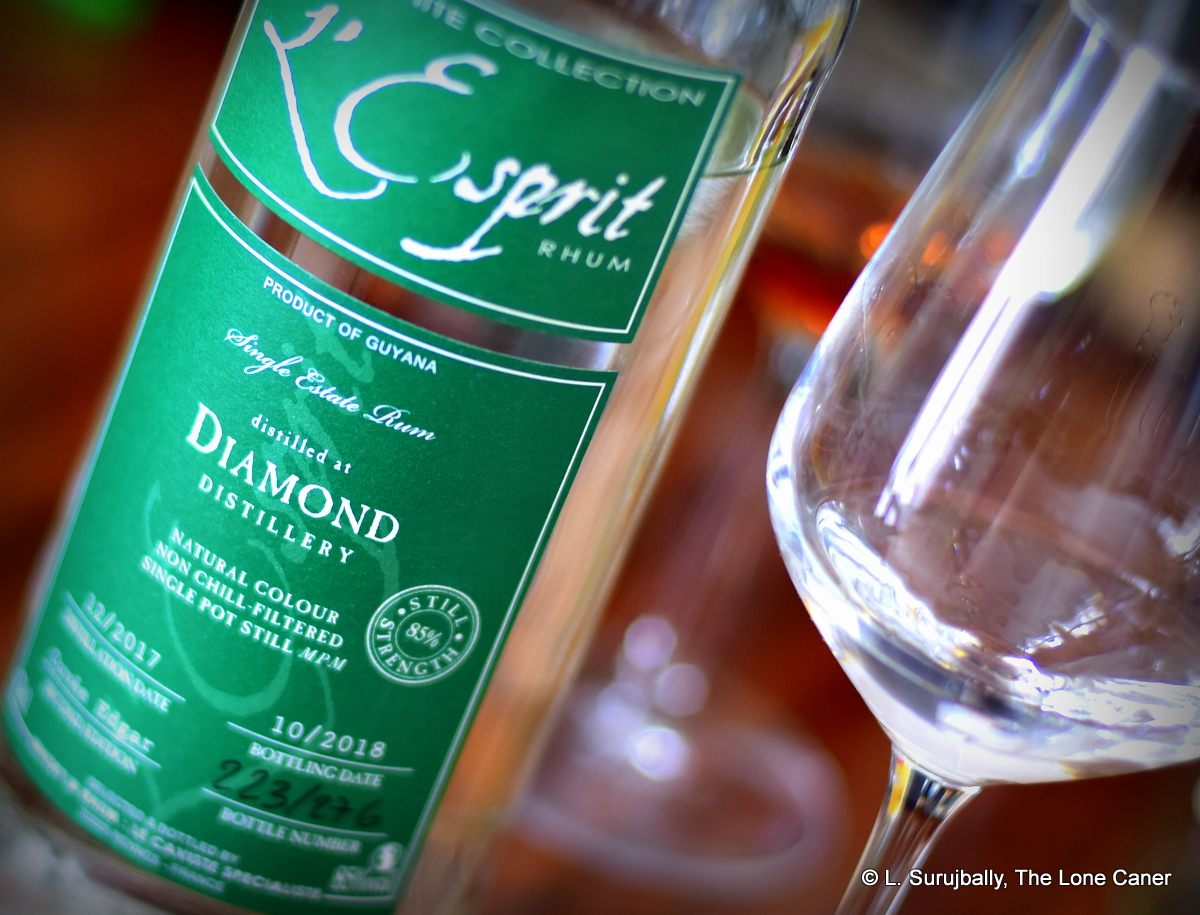
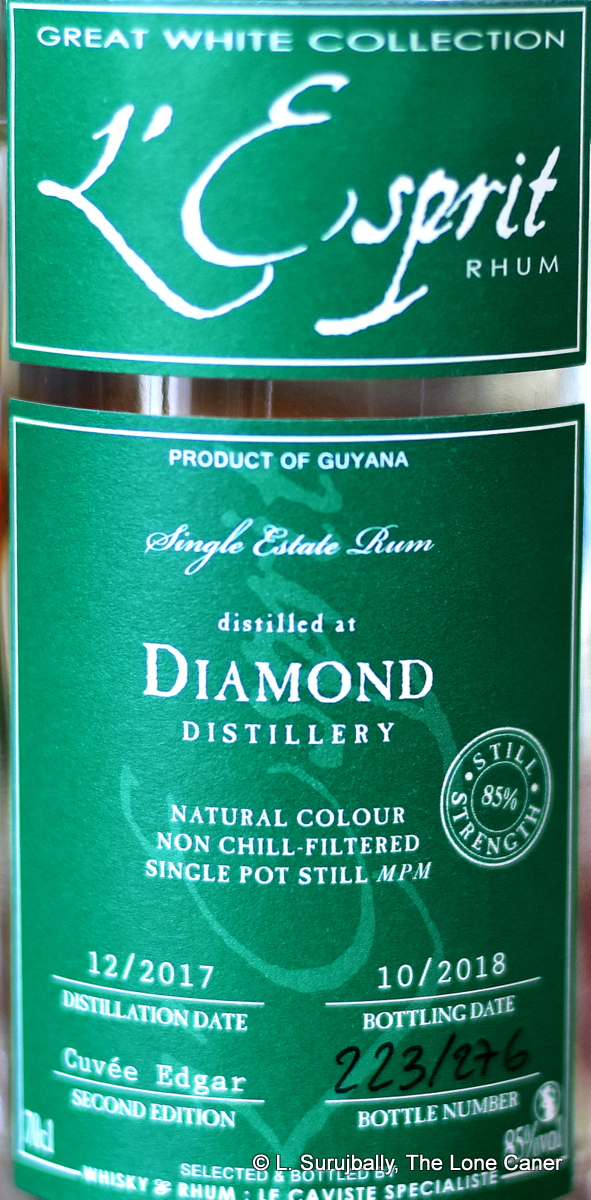 I’ll get straight to it, then, and merely mention that at 85% ABV, care was taken – I poured, covered the glass, waited, removed the cover, and prudently stepped way back.
I’ll get straight to it, then, and merely mention that at 85% ABV, care was taken – I poured, covered the glass, waited, removed the cover, and prudently stepped way back.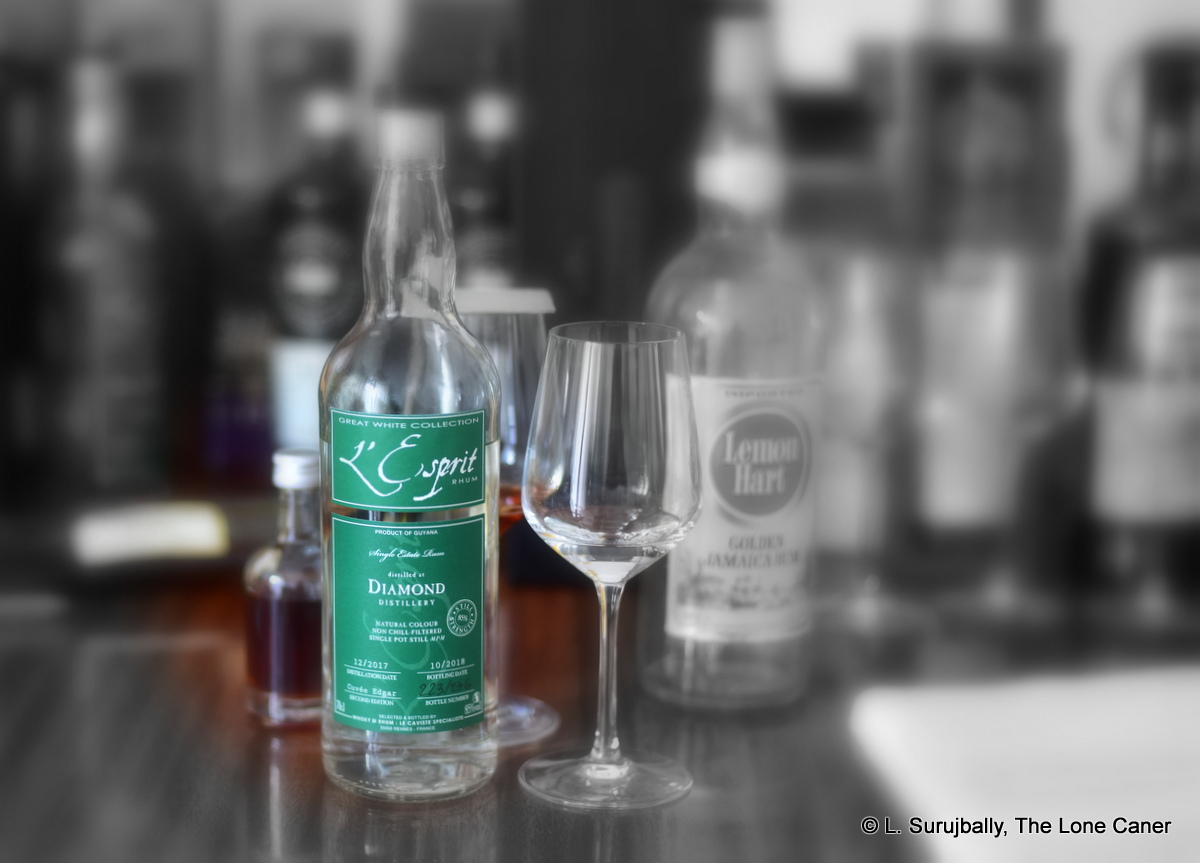
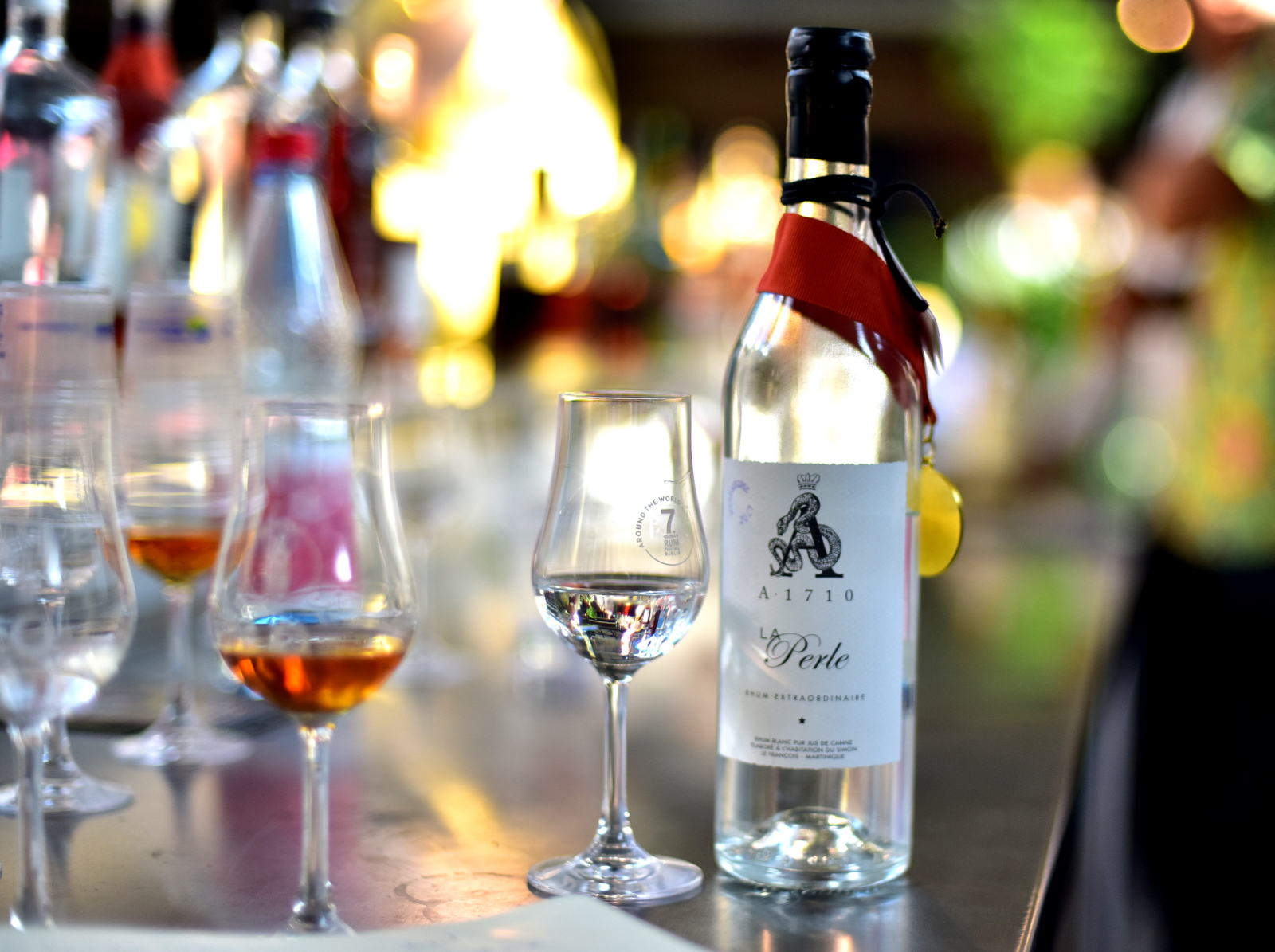
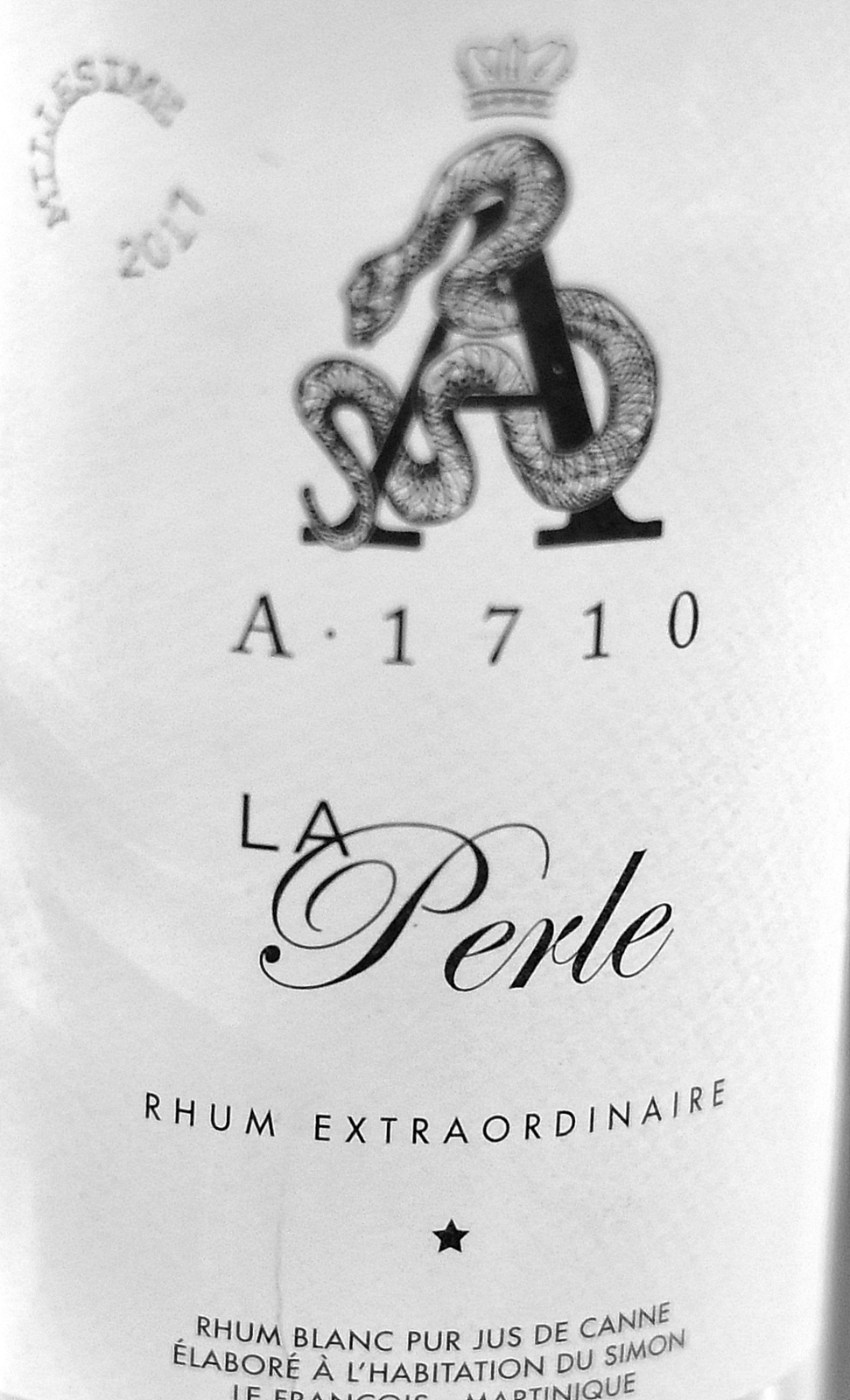
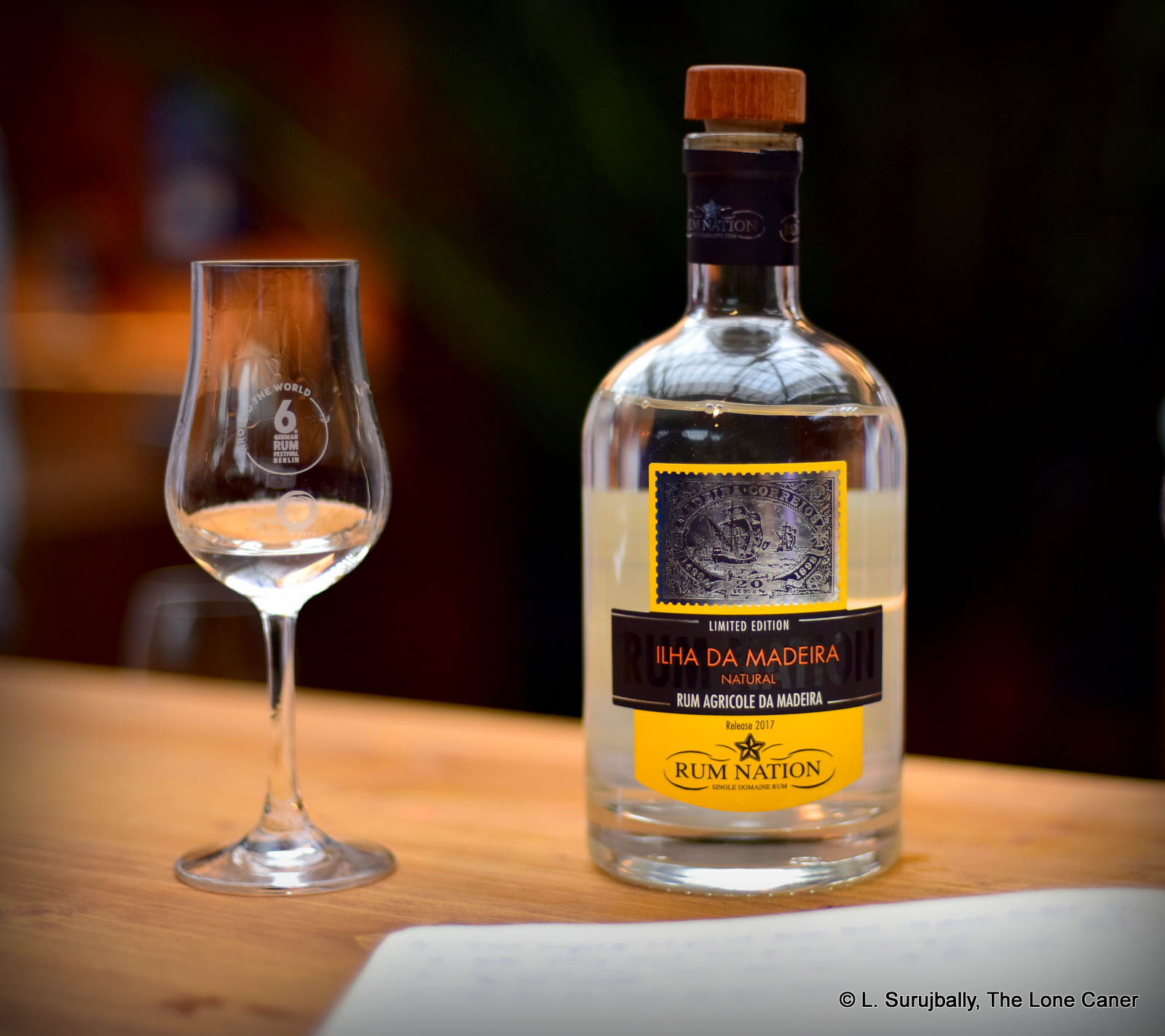
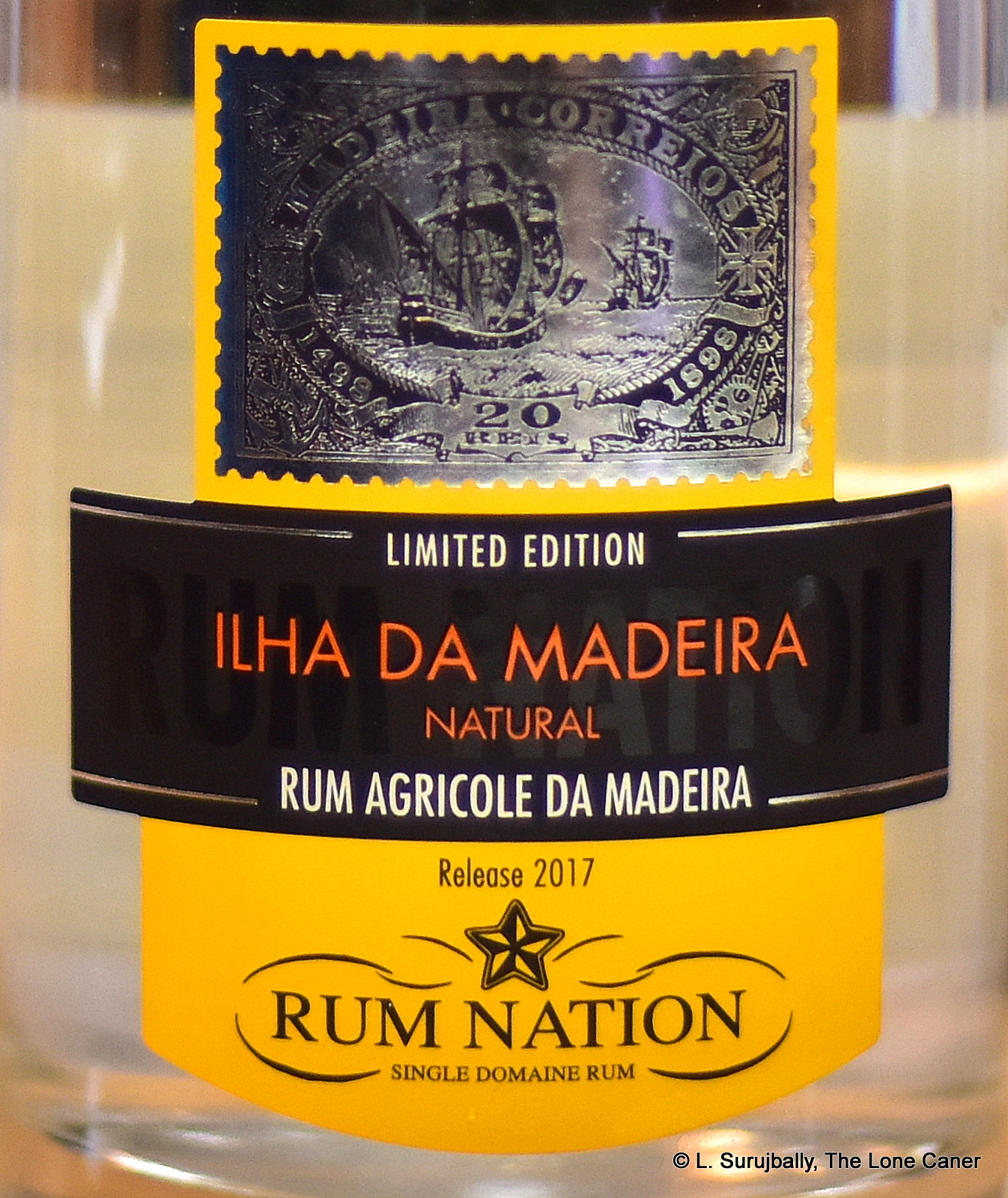 Anyway, here’s what it was like. The nose of the Ilha da Madeira fell somewhere in the middle of the line separating a bored “meh” from a more disbelieving “holy-crap!”. It was a light melange of a playful sprite-like aroma mixed in with more serious brine and olives, a little sweet, and delicate – flowers, sugar water, grass, pears, guavas, mint, some marzipan. You could sense something darker underneath – cigarette tar, acetones – but these never came forward, and were content to be hinted at, not driven home with a sledge. Not really a brother to that fierce Jamaican brawler, more like a cousin, a closer relative to the
Anyway, here’s what it was like. The nose of the Ilha da Madeira fell somewhere in the middle of the line separating a bored “meh” from a more disbelieving “holy-crap!”. It was a light melange of a playful sprite-like aroma mixed in with more serious brine and olives, a little sweet, and delicate – flowers, sugar water, grass, pears, guavas, mint, some marzipan. You could sense something darker underneath – cigarette tar, acetones – but these never came forward, and were content to be hinted at, not driven home with a sledge. Not really a brother to that fierce Jamaican brawler, more like a cousin, a closer relative to the 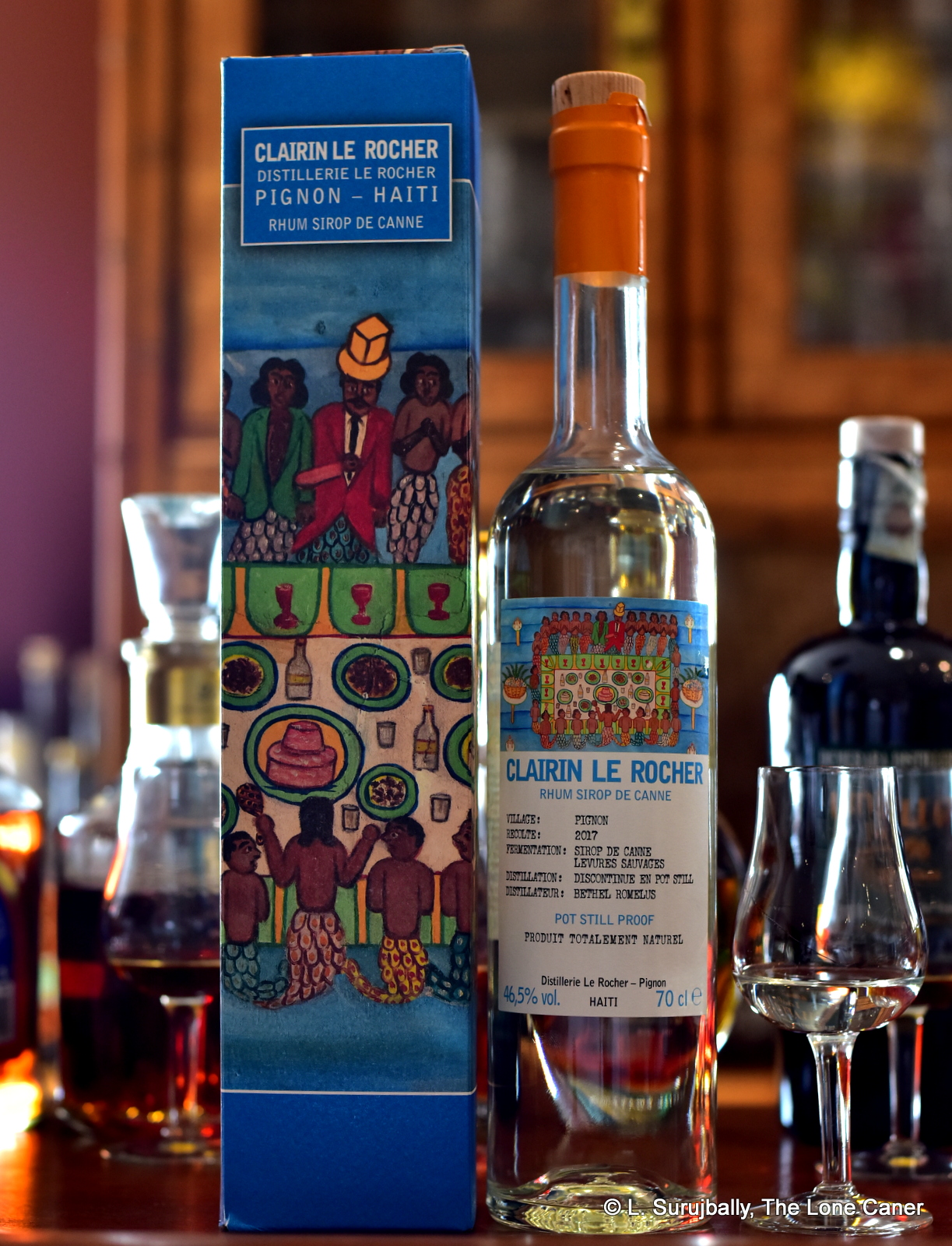
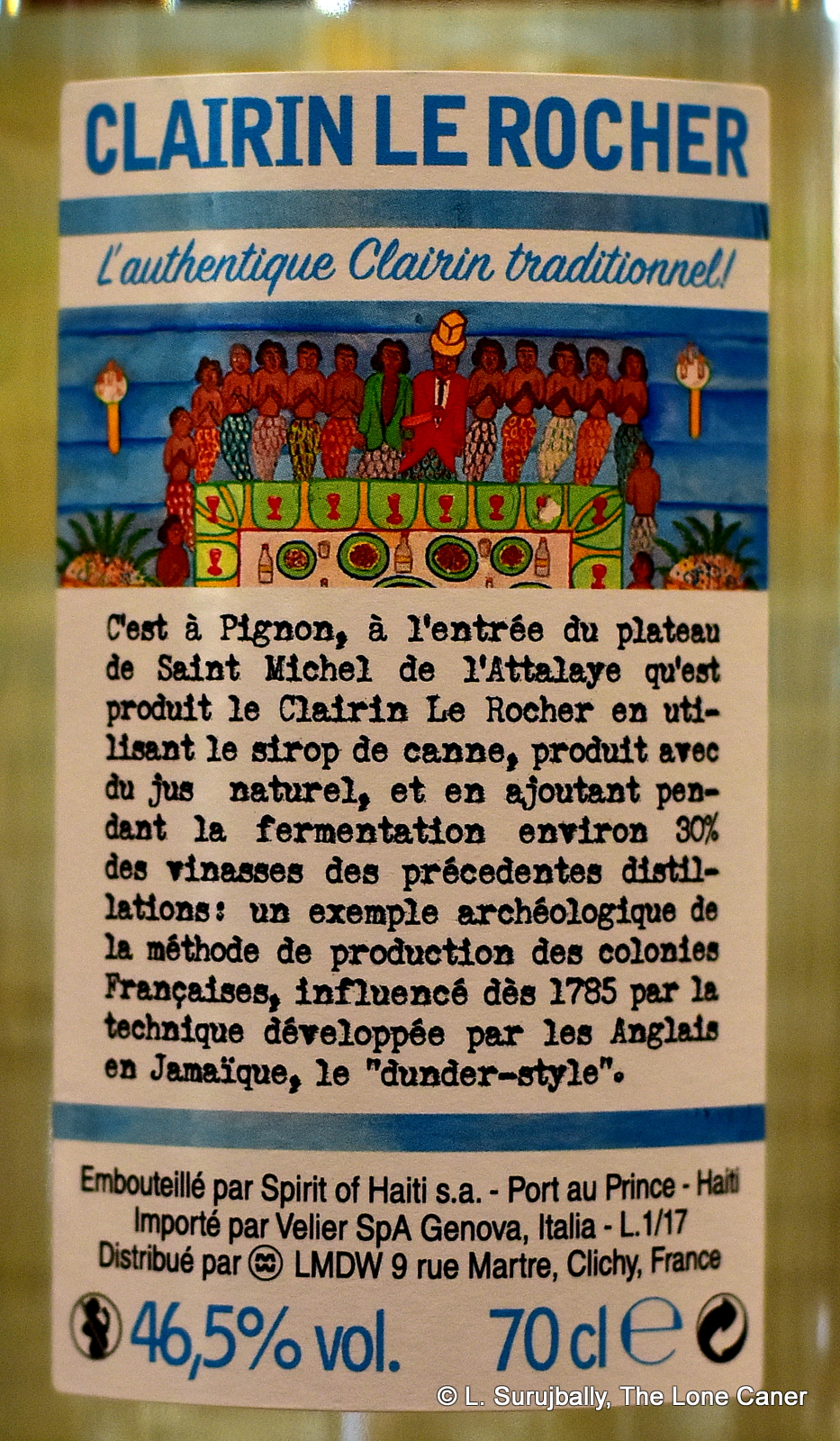 Sometimes a rum gives you a really great snooting experience, and then it falls on its behind when you taste it – the aromas are not translated well to the flavour on the palate. Not here. In the tasting, much of the richness of the nose remains, but is transformed into something just as interesting, perhaps even more complex. It’s warm, not hot or bitchy (46.5% will do that for you), remarkably easy to sip, and yes, the plasticine, glue, salt, olives, mezcal, soup and soya are there. If you wait a while, all this gives way to a lighter, finer, crisper series of flavours – unsweetened chocolate, swank, carrots(!!), pears, white guavas, light florals, and a light touch of herbs (lemon grass, dill, that kind of thing). It starts to falter after being left to stand by itself, the briny portion of the profile disappears and it gets a little bubble-gum sweet, and the finish is a little short – though still extraordinarily rich for that strength – but as it exits you’re getting a summary of all that went before…herbs, sugars, olives, veggies and a vague mineral tang. Overall, it’s quite an experience, truly, and quite tamed – the lower strength works for it, I think.
Sometimes a rum gives you a really great snooting experience, and then it falls on its behind when you taste it – the aromas are not translated well to the flavour on the palate. Not here. In the tasting, much of the richness of the nose remains, but is transformed into something just as interesting, perhaps even more complex. It’s warm, not hot or bitchy (46.5% will do that for you), remarkably easy to sip, and yes, the plasticine, glue, salt, olives, mezcal, soup and soya are there. If you wait a while, all this gives way to a lighter, finer, crisper series of flavours – unsweetened chocolate, swank, carrots(!!), pears, white guavas, light florals, and a light touch of herbs (lemon grass, dill, that kind of thing). It starts to falter after being left to stand by itself, the briny portion of the profile disappears and it gets a little bubble-gum sweet, and the finish is a little short – though still extraordinarily rich for that strength – but as it exits you’re getting a summary of all that went before…herbs, sugars, olives, veggies and a vague mineral tang. Overall, it’s quite an experience, truly, and quite tamed – the lower strength works for it, I think.